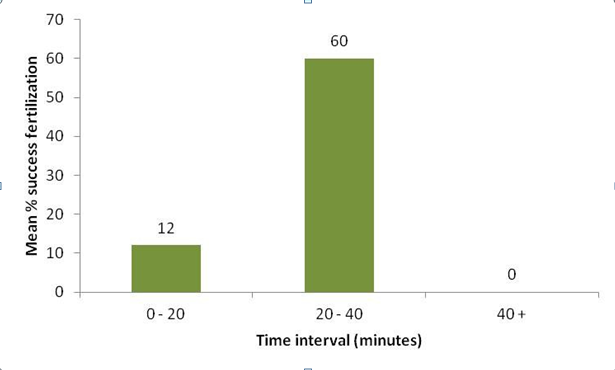Describe and diagram the various zones and provinces in the ocean. What adaptations to these variable
conditions are seen in the biota that inhabit these regions? What will be an ideal response?
Concepts to Consider: Neritic province overlies the continental shelves and is a highly productive
zone; the photic region of the neritic province is particularly productive and rich in species; oceanic
province is the open ocean area portion of the ocean and most is aphotic; neritic organisms depend on
marine snow as a base for the food chain; the benthic environment includes sandy areas as well as the
productive kelp forests and coral reefs; the intertidal zone is between the high and low tide levels;
intertidal organisms are characterized by adaptations to variations in wave action and to possible
desiccation.
You might also like to view...
The size of a genome is measured by:
A. the number of base pairs. B. gene size. C. the number of chromosomes. D. the size of organism. E. All of the answer options are correct.
Hanlon, Naud, and their colleagues analyzed DNA among mating males and fertilized eggs of Sepia apama cuttlefish, after mating had been observed. Examine their results in this figure. Which conclusion is supported by these results?

A. There is no reproductive value for a male to guard the female for less than 20 minutes.
B. A male guarding a female 20 to 40 minutes from subsequent mating attempts of other males is the most successful behavior.
C. Smaller males that mimic females are more successful in producing fertilized eggs.
D. Mimicry of females by smaller males does not result in any successful production of fertilized eggs.
E. Guarding females for more than 40 minutes prevents females from sorting and fertilizing sperm and eggs before the eggs die.
Select the correct sequence of animal developmental
events. a. fertilization >>> cleavage >>> gastrula >>> blastula b. fertilization >>> cleavage >>> blastula >>> gastrula c. fertilization >>> blastula >>> cleavage >>> gastrula d. fertilization >>> gastrula >>> blastula >>> cleavage e. fertilization >>> blastula >>> gastrula >>> cleavage
Which of the following structures would be impacted by a bacterial infection of the inner ear?
A. semicircular canal, tympanic membrane, ear lobe, and vestibular nerve B. semicircular canal, cochlear nerve, vestibular nerve, and cochlea. C. auditory canal, cochlear nerve, malleus, and vestibular nerve D. pinna, stapes, vestibule, and cochlear nerve